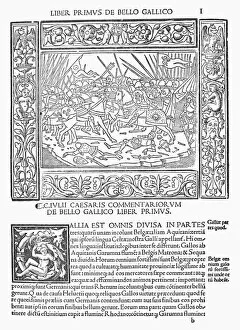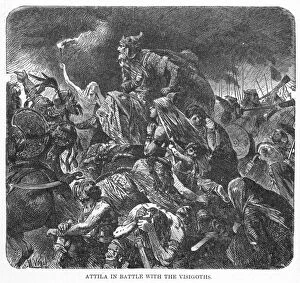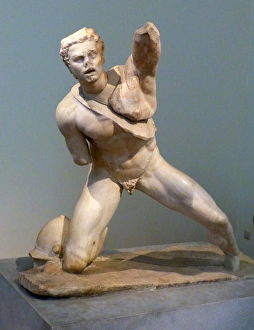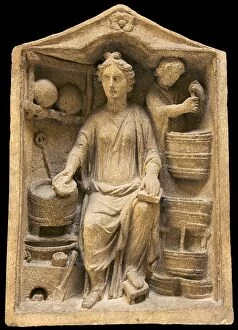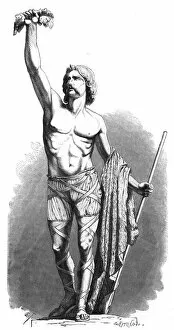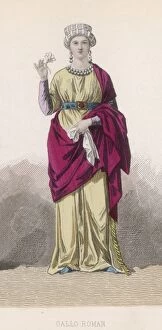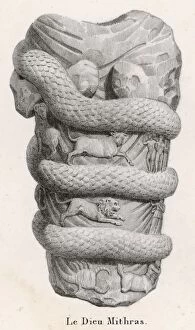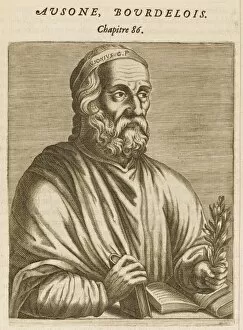Gaul Collection (page 12)
"Gaul: A Tapestry of History Unveiled" Step into the captivating world of Gaul, a land steeped in rich history and vibrant tales
All Professionally Made to Order for Quick Shipping
"Gaul: A Tapestry of History Unveiled" Step into the captivating world of Gaul, a land steeped in rich history and vibrant tales. From the vast expanse of the Roman Empire to the mystical allure of ancient Druids, this enchanting region has witnessed countless chapters unfold. As we trace our fingers across maps depicting Europe under Roman rule and the sprawling territories of the Roman Republic during the Second Punic War, we are transported back in time. The boundaries blur as Gaul emerges with its own distinct identity on an intricately detailed map from centuries ago. Intriguingly, amidst these historical landscapes, we encounter a Druid carrying mistletoe - a symbol shrouded in mystery and reverence. These wise men collected sacred mistletoe, their rituals intertwining with nature's secrets. The echoes of conquest resonate through Viking raids led by Olaf I. Their fierce presence leaves an indelible mark on Gaul's tapestry, forever entwined with tales of bravery and resilience. Meanwhile, within the embrace of Rome's grandeur circa 200 AD lies Gaul itself - a thriving part of this mighty empire. Its people flourish under Julius Caesar's watchful gaze as depicted in an evocative illustration published in 1867. But beyond political power struggles and territorial expansions lie stories that touch hearts deeply. Badoit is discovered here - sparkling water bubbling forth from hidden springs beneath Gaul's soil; refreshing both body and soul for generations to come. Saint Antoninus stands tall among them all - a Christian missionary who fearlessly spread his faith across these lands while paying homage to those who came before him. His martyrdom etches his name into Gaul's collective memory forevermore. And finally, Pope Adrian I meets Charlemagne – two influential figures whose meeting reverberates through history like ink seeping onto parchment within incunabula Chronicles.

